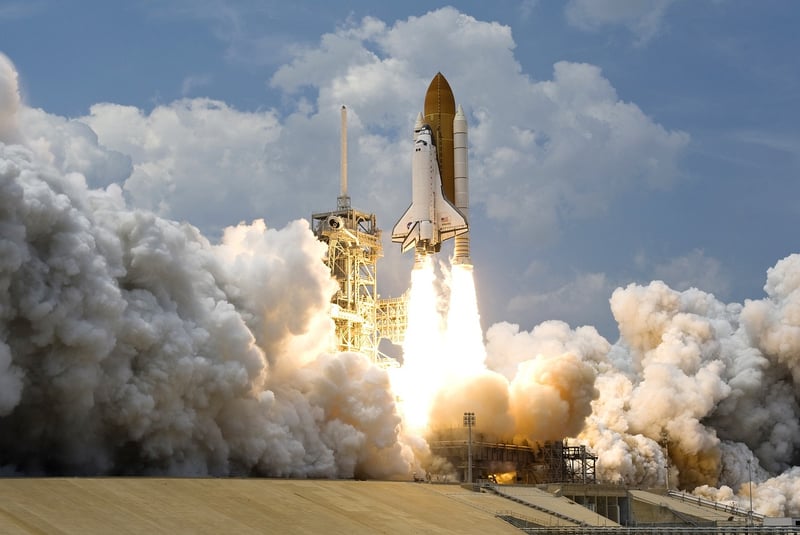Interstellar Navigation
The Future of Space Exploration: Cutting-Edge Technology for Interstellar Navigation
Space exploration has always captivated the human imagination. From the early days of launching satellites into orbit to landing rovers on Mars, humanity has continuously pushed the boundaries of what is possible in the vast expanse of space. But what lies beyond our solar system? Interstellar travel has long been a dream of scientists and visionaries, and now, with cutting-edge space technology, that dream is closer to becoming a reality than ever before.
Challenges of Interstellar Navigation
Interstellar navigation poses unique challenges that require innovative solutions. The vast distances between stars, the limitations of current propulsion systems, and the need for sustainable life support systems are just a few of the obstacles that must be overcome. However, recent advancements in technology offer promising avenues for addressing these challenges.
Ion Propulsion Systems
Ion propulsion systems are at the forefront of cutting-edge space technology. Unlike traditional chemical rockets that expel gas or liquid fuel to generate thrust, ion thrusters use electricity to accelerate ions to high speeds, producing a gentle but continuous push. While ion propulsion systems are currently used in satellites and deep space missions, researchers are exploring ways to enhance their efficiency for interstellar travel.

Warp Drives and Alcubierre Metric
Warp drives, a concept popularized by science fiction, may not be as far-fetched as once thought. Theoretical physicist Miguel Alcubierre proposed a mathematical model known as the Alcubierre metric, which describes a way to achieve faster-than-light travel by contracting space in front of a spacecraft and expanding it behind. While the energy requirements for such a system are immense, ongoing research aims to explore the feasibility of warp drives for interstellar navigation.

Artificial Intelligence and Autonomous Navigation
Artificial intelligence (AI) plays a crucial role in enabling autonomous navigation for interstellar missions. AI algorithms can analyze vast amounts of data, make real-time decisions, and adapt to changing conditions without human intervention. From trajectory calculations to system diagnostics, AI systems are essential for ensuring the success of long-duration space missions beyond our solar system.
The Future of Interstellar Travel
As we look to the future of space exploration, the possibilities for interstellar travel are both exciting and challenging. Cutting-edge technologies such as ion propulsion systems, warp drives, and artificial intelligence pave the way for humanity to venture beyond our solar system and explore the mysteries of the cosmos. While significant hurdles remain, the relentless pursuit of innovation and discovery propels us closer to the day when interstellar navigation becomes a reality.
Are you excited about the future of space exploration and interstellar navigation? Share your thoughts and join the conversation on the NASA website.
